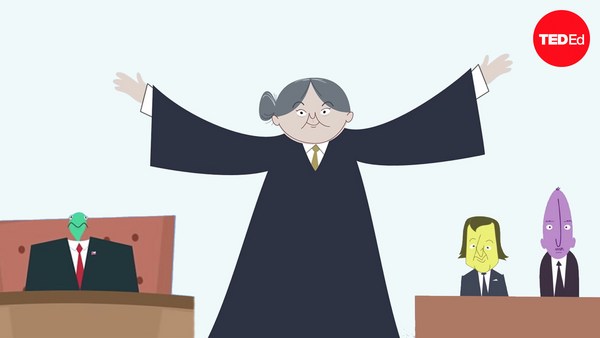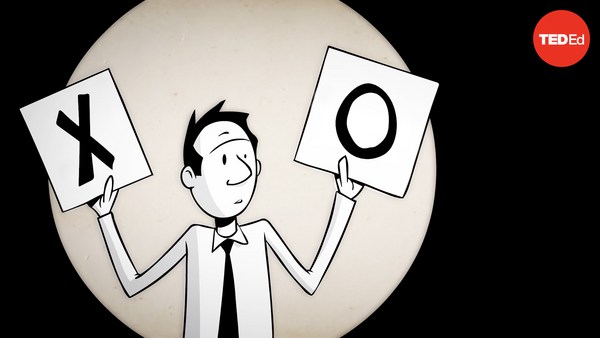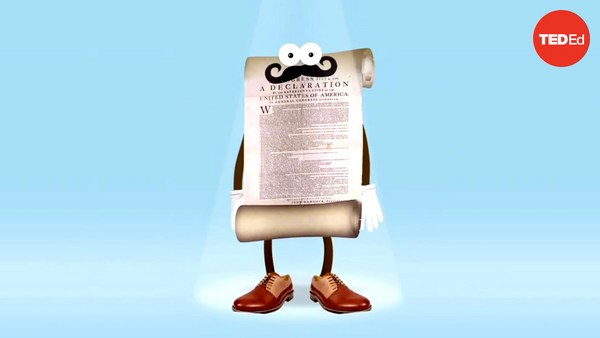Have you ever wondered who has the authority to make laws or punish people who break them? When we think of power in the United States, we usually think of the President, but he does not act alone. In fact, he is only one piece of the power puzzle and for very good reason. When the American Revolution ended in 1783, the United States government was in a state of change. The founding fathers knew that they did not want to establish another country that was ruled by a king, so the discussions were centered on having a strong and fair national government that protected individual freedoms and did not abuse its power. When the new constitution was adopted in 1787, the structure of the infant government of the United States called for three separate branches, each with their own powers, and a system of checks and balances. This would ensure that no one branch would ever become too powerful because the other branches would always be able to check the power of the other two. These branches work together to run the country and set guidelines for us all to live by. The legislative branch is described in Article 1 of the U.S. Constitution. Many people feel that the founding fathers put this branch in the document first because they thought it was the most important. The legislative branch is comprised of 100 U.S. Senators and 435 members in the U.S. House of Representatives. This is better known as the U.S. Congress. Making laws is the primary function of the legislative branch, but it is also responsible for approving federal judges and justices, passing the national budget, and declaring war. Each state gets two Senators and some number of Representatives, depending on how many people live in that state. The executive branch is described in Article 2 of the Constitution. The leaders of this branch of government are the President and Vice President, who are responsible for enforcing the laws that Congress sets forth. The President works closely with a group of advisors, known as the Cabinet. These appointed helpers assist the President in making important decisions within their area of expertise, such as defense, the treasury, and homeland security. The executive branch also appoints government officials, commands the armed forces, and meets with leaders of other nations. All that combined is a lot of work for a lot of people. In fact, the executive branch employs over 4 million people to get everything done. The third brand of the U.S. government is the judicial branch and is detailed in Article 3. This branch is comprised of all the courts in the land, from the federal district courts to the U.S. Supreme Court. These courts interpret our nation's laws and punish those who break them. The highest court, the Supreme Court, settles disputes among states, hears appeals from state and federal courts, and determines if federal laws are constitutional. There are nine justices on the Supreme Court, and, unlike any other job in our government, Supreme Court justices are appointed for life, or for as long as they want to stay. Our democracy depends on an informed citizenry, so it is our duty to know how it works and what authority each branch of government has over its citizens. Besides voting, chances are that some time in your life you'll be called upon to participate in your government, whether it is to serve on a jury, testify in court, or petition your Congress person to pass or defeat an idea for a law. By knowning the branches, who runs them, and how they work together, you can be involved, informed, and intelligent.


